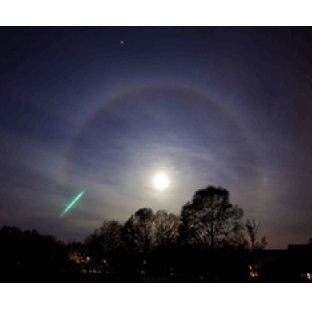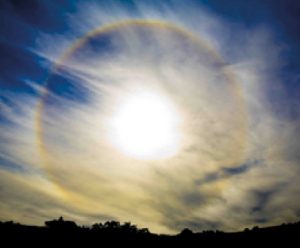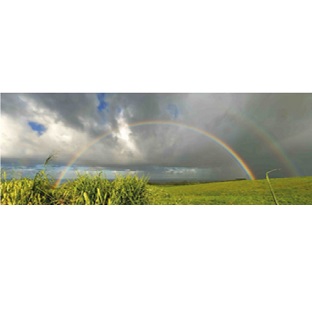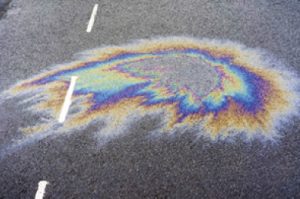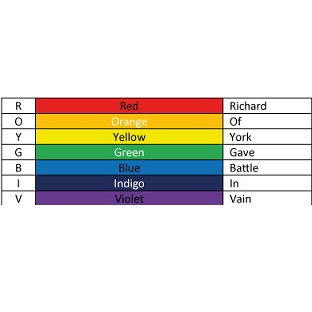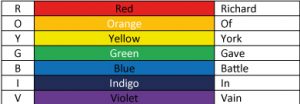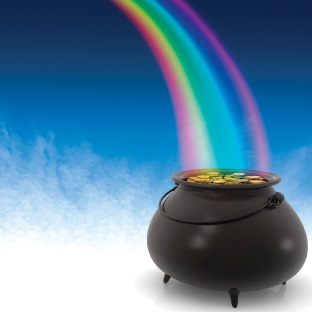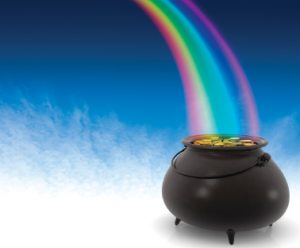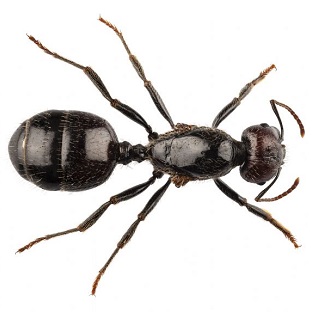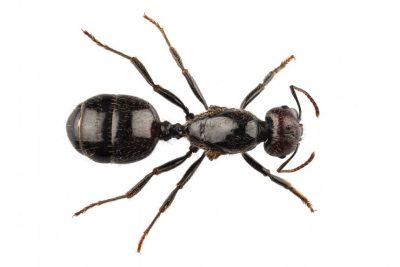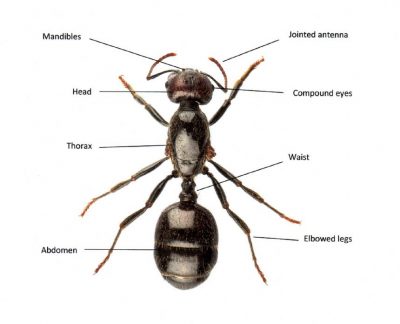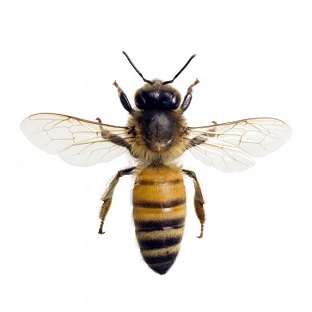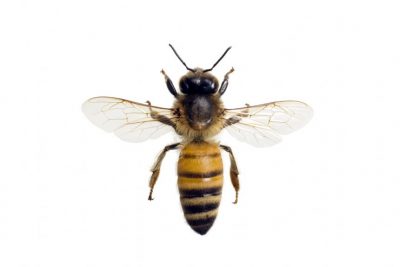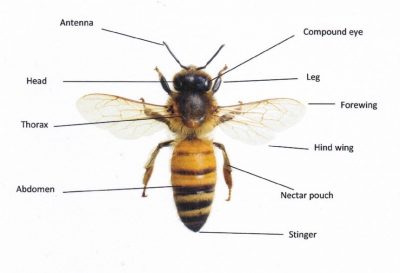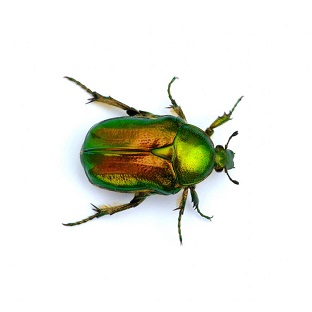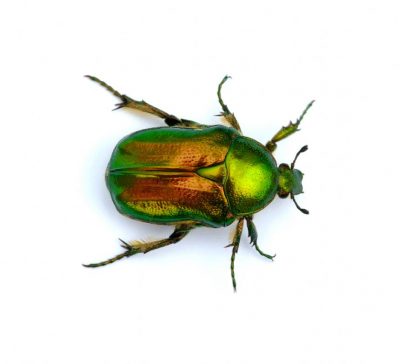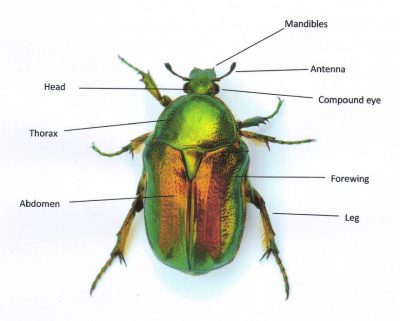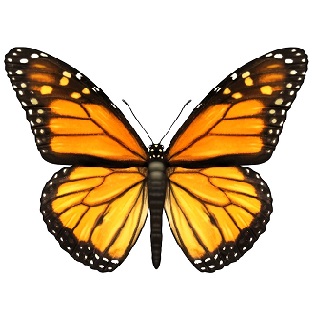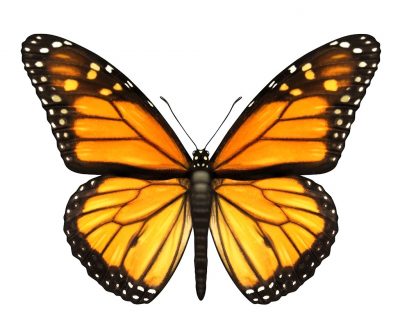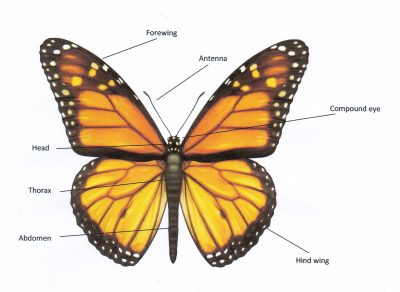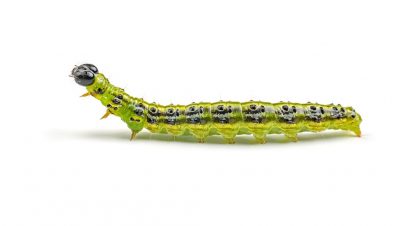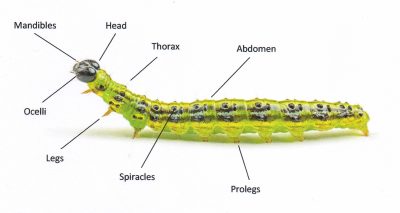Butterflies, Moths and Caterpillars
Anatomy
The bodies of butterflies, moths and caterpillars are split into three parts, the head, thorax and the abdomen. They are all insects because they all have six legs. Yes! Even caterpillars! The other legs on a caterpillar are actually false legs, known as prolegs. These help the caterpillar climb and hold onto surfaces.
Butterflies and moths have four wings. These wings are transparent. The colours on the wings are tiny scales, which will fall off with age or can be easily brushed off by human fingers. Butterflies and moths hear through their wings.
They both have a special straw-like tube, which they uncurl to eat, called a proboscis. They taste things with their feet. They also have an organ called the Johnston’s organ at the base of their antennae, which helps maintain their sense of balance and orientation, especially whilst flying.
Butterflies have thin antennae with a knobbed tip. The tip of a moth’s antennae is straight not knobbed. A moth’s antennae can vary from threadlike, to feathery, or even hairy. Butterflies and moths use their antennae to smell.
Butterflies and moths are short-sighted. They have both compound and simple eyes. Their compound eyes are made of lots of hexagonal lenses, which focus light from their field of view to their optic nerve. The optic nerve carries the light information to their brain. They are unable to see further than about three and a half meters but, they are excellent at discriminating colours and can see ultraviolet light, which is invisible to the human eye. They use ultraviolet light for finding a mate and seeking nectar.
Caterpillars do not have bones. They have over a thousand muscles which help them to move. They have twelve eyes called ocelli, which are unable to identify images but can differentiate between light intensity. They breathe through tiny holes along their abdomen, called spiracles not through their mouths.
Habitat
Caterpillars and moths can be found in a wide variety of habitats worldwide. Some species, such as the Woolly Bear moth can be found in the Arctic. The Woolly Bear moth caterpillar takes nearly seven years to become an adult.
In comparison, butterflies can not survive such cold climates. They can be found in farmlands, forests, gardens, marshes, meadows, rivers, swamps and tropical areas with lots of plant life. When it rains butterflies will find shelter in tree cavities and dense undergrowth.
A group of butterflies is called a flutter.
Diet
Butterflies like to sip nectar from any pollinating flowers and juice from rotting fruits. They also drink water. Male butterflies will drink from muddy puddles to get extra nutrients and minerals needed for mating. Different species of butterfly prefer different types of plants. For example, Black Swallowtail butterflies enjoy carrot, dill, fennel and parsley, Tiger Swallowtail butterflies eat black cherry tree leaves and Monarch butterflies only eat milkweed plants.
Moths prefer to feed from fragrant, white flowers like those of the yucca plant. The hummingbird moth, which has migrated from Africa to many European countries including the UK, will hover in front of a flower and uncurl their proboscis in flight to sip nectar from plants, such as the honeysuckle. Some night-blooming flowers are dependent on moths for pollination.
A caterpillar’s first meal is usually its own egg shell, which is rich in protein. They will spend most of their time eating. Caterpillars are mostly herbivores, eating plants and leaves. Some species, such as the caterpillar of the Cinnabar moth will eat other caterpillars. Others like the caterpillar of the Clothes moth will eat through all types of fabric.
The Lunar moth and the Atlas moth have no mouths so never eat and drink. They live off the energy they stored up as caterpillars.
Lifecycle
There are four stages in the life cycle of the butterfly and the moth:
• Egg – the butterfly and moth lay their eggs on vegetation that will be a suitable food source when they hatch.
• Larva – caterpillars hatch from the eggs and, as soon as they are born, they eat. They shed their skins as they grow bigger. Every time a caterpillar sheds, it sucks in air to enlarge their new exoskeleton before it goes hard. They continue to eat until they have stored enough energy to change.
• Pupa – when the caterpillars have grown large enough it turns into a pupa. The Sphinx moth will pupate underground. A butterfly’s pupa shell is hard and smooth as it is formed from its last caterpillar skin. It is called a chrysalis. A moth’s pupa shell is soft as they spin it out of silk. It is called a cocoon. Inside both, many changes are taking place – antennae grow, wings are formed, mouthparts are transformed. The process is called metamorphosis.
• Adult – when they emerge from the pupa they are unable to fly until their wings have dried and hardened. On average they live about two to four weeks as adults. In this time they eat, mate and lay eggs ready for the cycle to begin again. A male can smell a female from over seven miles away. In colder climates some moths have a two year lifecycle. How long a butterfly or moth can live during its entire life cycle is dependent upon its species.
Behaviour
Butterflies and moths exhibit some different behaviour patterns.
• Butterflies
Butterflies are only active during the day because they can only feed or fly when their body temperature is at least 30˚C. The butterfly’s’ wings act as mini solar panels. They spread their wings to absorb heat. The tiny veins in their wings carry this heat to their body.
Dark colours absorb more heat. When they do not need to harness the sun’s energy they hold their wings vertically up over their backs. The wings of the Holly Blue butterfly are shiny underneath to reflect heat so they do not get too hot. The lighter coloured butterflies like the Cabbage White also reflect the sun’s rays.
• Moths
Moths do not use their wings in the same way as butterflies to maintain their body temperature. They have plumper and hairier bodies to keep them warm. Unlike butterflies, moths have a fraenulum, which join the forewing to the hind wing. When they fly their wings beat in unison. They heat up their flight muscles by vibrating their wings using their fraenulum. Moths do not have as colourful wings as butterflies and will use their wings to hide their abdomens.
They are active at different times of night depending on their species. They navigate using the moon and the stars. On cloudy evenings they use geomagnetic clues. Moths are often drawn to artificial light sources mistaking it as the moon. The reason they stop when they get close to the bright light, is because the artificial moon becomes the sun, so the moths settle down for their daytime sleep.
Different species
Butterflies and moths come in lots of different shapes and sizes, from as tiny as a pinhead to as large as an adult’s hand. There are over 140,000 species of moths worldwide, whereas there are only 24,000 species of butterfly. Both start as caterpillars. Butterflies, moths and caterpillars have developed different ways of protecting themselves.
Some butterflies and caterpillars, such as the Monarch and the British Swallowtail, use vibrant colours to deter predators. Bright colours usually signal the creature is poisonous or tastes disgusting so other animals stay away. Other butterflies use their wings to mimic more fearsome creatures. For example, the eyespot design on the topside of the Peacock butterfly’s wings can scare large birds, whilst the dark colours underneath the Peacock butterfly’s wings act as camouflage when it holds its wings upright. The Peacock butterfly can also produce a loud grating noise to scare predators by moving its forewings.
Many moths use camouflage colours to blend into their environment and hide from predators. For example, the various species of Hawk moths can look like leaves and the Buff-tip moth looks like a part of a branch. One of the most colourful moths is the Garden Tiger moth. It has chocolate brown with a cream net-pattern on its forewings, and orange hind wings with dark blue spots.
The Lackey moth caterpillar’s bright stripes and hairiness are a warning to birds that they taste horrid, but cuckoos don’t seem to mind and eat them anyway. The most dangerous caterpillar in the UK is the Puss moth caterpillar. It is green with colourful face-like markings on its head and a dark foreboding spike on the tip of its abdomen. When threatened the Puss moth caterpillar sprays formic acid at it’s attacker to prevent itself being eaten.
The Painted Lady butterfly is the most common butterfly in the world.



